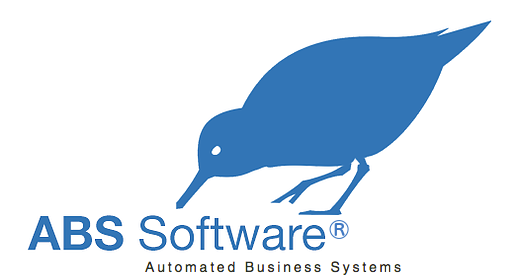The Gregorian calendar is internationally the most widely used civil calendar. It is named after Pope Gregory XIII, who introduced it in October 1582.
The calendar was a refinement to the Julian calendar amounting to a 0.002% correction in the length of the year. The motivation for the reform was to stop the drift of the calendar with respect to the equinoxes and solstices—particularly the vernal equinox, which set the date for Easter celebrations. Transition to the Gregorian calendar would restore the holiday to the time of the year in which it was celebrated when introduced by the early Church. The reform was adopted initially by the Catholic countries of Europe. Protestants and Eastern Orthodox countries continued to use the traditional Julian calendar and adopted the Gregorian reform after a time, for the sake of convenience in international trade. The last European country to adopt the reform was Greece, in 1923. (https://en.wikipedia.org/wiki/Gregorian_calendar)
Having a calendar at work and home is a common enough occurrence as to almost be not worth mentioning, I do mention it though as this piece of ancient technology brought up to date in the digital world is enabling organisation of our busy days.
Synchronicity is at the heart of time and time management. Being out of synch' can greatly impact efficiency. Missed appointments equal lost opportunity and wasted time, something we try to minimise as pressure to pack more into each day increases.
But how do you synchronise? Phone calendar, desktop calendar, Calendars for team members outside the organisation?
There are commercial cloud calendar solutions: Google, Yahoo etc but if you have a business system ideally these resources should be built in otherwise synchronising by connecting to these cloud systems can still present problems.
Enter FileMaker Custom Web Publishing.
With a FileMaker system running in the back office adding calendar functionality that can be accessed by people outside your organisation is handled by a direct PHP link to the database.
No synchronising, no lost data, just a calendar that you can share via a webpage, personalised to the sharing party that updates the office system in realtime.


